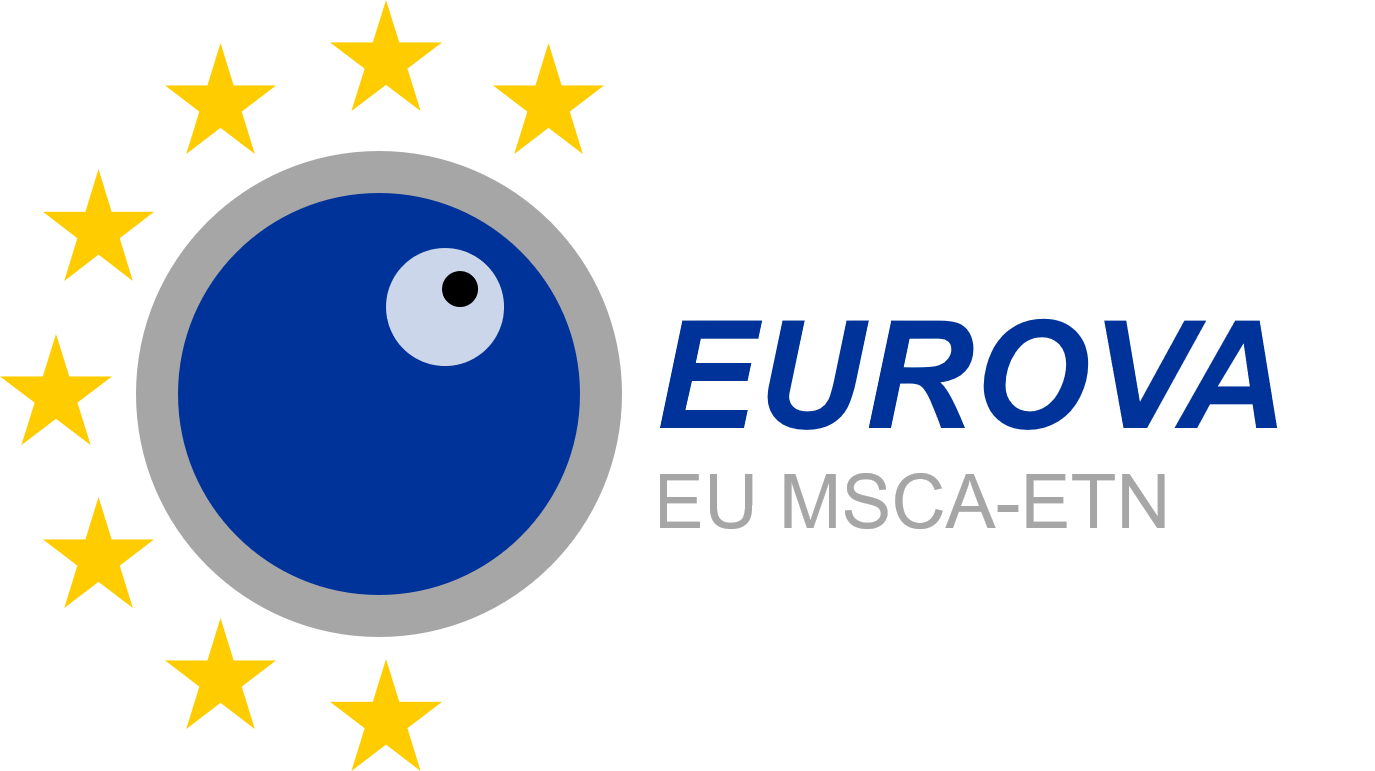ESR 17
Project: The role of reactive oxygen species(ROS) during oogenesis
Planned secondments: Elvesys (3 months) and Clinica Eugin (3 months)
Email: maria.plevridi@unimi.it
I am Maria from Greece. I graduated with an integrated master's degree in biomedical sciences and biotechnology from the University of Ioannina in Greece. During my studies, I conducted a two-part experimental diploma thesis where I worked on cellular plasticity and genetic engineering. During my time at the Institute of Genetics and Molecular and Cellular Biology (Institut de génétique et de biologie moléculaire et cellulaire, France), I delved into the mechanisms underlying the promotion of natural cellular plasticity events in C. elegans due to food deprivation. The second part of my thesis at the European Institute of Chemistry and Biology (Institut Européen de Chimie et Biologie, France) allowed me to further develop my laboratory skills by working with microinjection and CRISPR/Cas9 gene editing techniques. Specifically, I designed a self-propagating fluorescent reporter for Y to PDA transdifferentiation. Gradually, I developed a strong interest in reproductive biology and assisted reproduction technologies. This led me to pursue a Ph.D. in this field and proudly participate in the EUROVA program, during which I hope to acquire extensive knowledge about oocyte biology and develop a strong skill set in order to contribute to the assisted reproduction technology field.
The aim of my project is the dissection of the putative physiological function of ROS during oogenesis, and precisely the investigation of the critical stages of oocyte maturation function.
Reactive oxygen species (ROS) have always been regarded as the ones which are wrongdoers, but recent studies have uncovered the importance of ROS in many physiological processes as second messengers. Moreover, it is emerging that ROS have a precise function during animal development. However, little is known about the specific physiological function of ROS in mammalian oogenesis, as well as in the developing embryo, and on the specific contribution of the maternal ovarian compartment.

